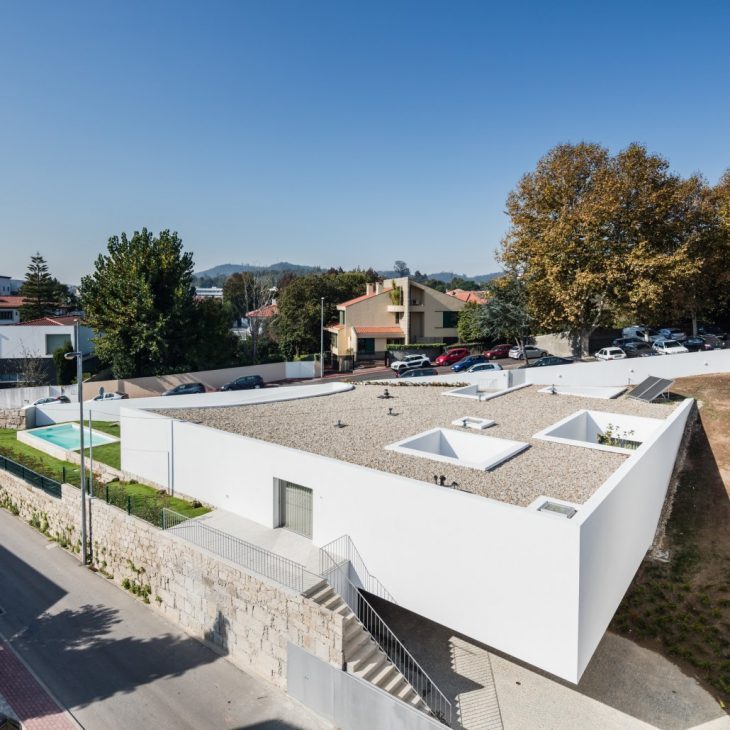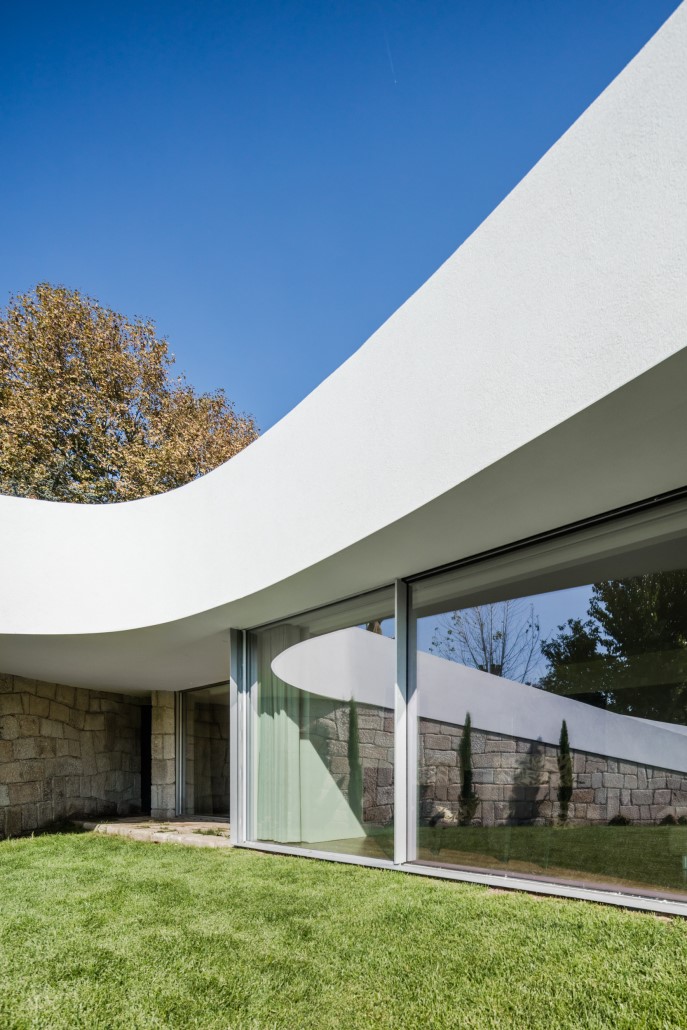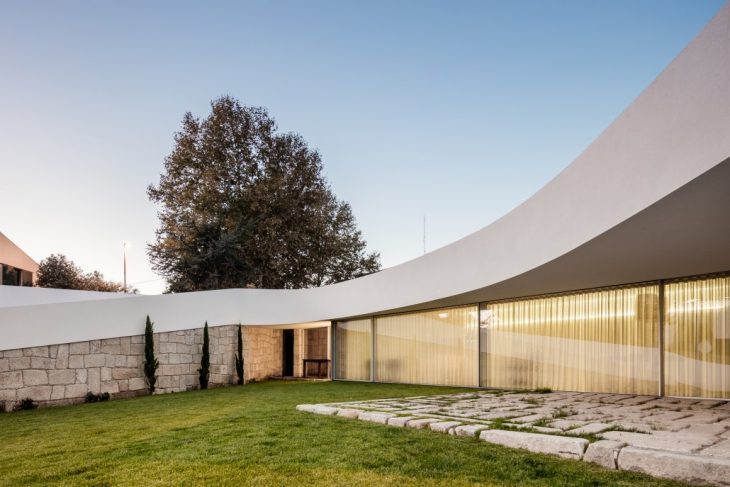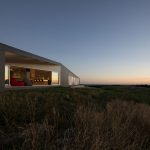
When it comes to designing and building new homes, eco friendly and sustainable construction is a growing concern. As climate change becomes ever more pressing for everyone to deal with, all sectors and people need to do their bit to help protect our planet. This is as true for architects and home designers as it is for anyone else.
One of the current trends that has been gaining favour in home design circles are eco-homes. But what exactly does this term mean? Put simply, this type of building generates as much power as it uses over the year to achieve net zero carbon dioxide emissions. Obviously, this is a great thing for the environment as it cuts back on carbon entering the atmosphere while also helping to produce energy in a more sustainable way.
One of the best current examples of a zero-carbon home in the UK now is found in the wonderful city of Birmingham.
Read more after the jump:
Balsall Heath, Birmingham – a blueprint for change
Found in the Balsall Heath district of the city, this eco-extension has won awards for its owner and designer, architect John Christophers. With the aim of showing that home design with a green slant does not have to be dull, he has built the first retro-fit UK house to gain the highest Government level for sustainable homes.
What Christophers has achieved with this project is both striking and inspirational. Rising from a row of standard two-storey terrace houses, his zero-carbon building stands tall to make the most of any power from the sun’s rays. The roof is pitched at an angle of 30-degrees and has 35 square metres of solar panels to help produce energy. Wood-lined dormer windows poke out magnificently at the front while an inverted L-shape built from reclaimed bricks frames the extensions edge.
Inside, this zero-carbon delight is even better. An airtight membrane is found buried in walls and the floor to retain heat. Water needed for use by the toilets and washing machine is collected for use in a rainwater tank located in the cellar.
Natural skylights are in place to maximise the sunlight coming into the property and cut back on the use of electrical lighting. Architect Christophers has also cleverly used coloured bulbs to make the house feel warmer and reduce the need for external heating. With many natural, recycled or reclaimed materials used in the construction, this zero-carbon house is truly magical.

How can you reduce your carbon footprint to protect the planet?
Of course, not everyone has the skill or money to complete such a huge project as above – but that’s not to say you cannot make your own positive impact. To begin with, why not take a closer look at which energy supplier you use for gas and electricity? The age old rule about business is simple – money speaks. If the clientele are moving to green energy suppliers, this encourages large scale corporations to make their own positive steps in that direction.
There are some around now who use near-entirely green electricity and a proportion of responsibly-sourced ‘green’ gas. With the rise of affordable green energy, it may well be worth making the switch.
But how else can you bring your carbon footprint down in daily life? Here are some good rules to get going with:
• Eat less meat – cutting back on how much meat you eat is a great way to reduce your carbon footprint. Greenhouse gases from the global agriculture business are huge and play a big role in damaging our environment. While you do not need to cease eating meat altogether, it is worth cutting back on how much you have in a week, as meat consumption could potentially be “dire” for the future of our planet.
• Don’t leave devices plugged in –electronic devices still draw power from the socket, even if the device is off. This so-called ‘vampire power’ sees much more energy used than is needed each year in the UK. Make sure to unplug your devices from the socket, unless you are using or charging them.
• Drive less – of course, the headline news around reducing human impact on the Earth is driving. We all know how harmful emissions that come out of vehicle exhausts can be, which then go straight into our environment. To combat this, try to drive less and walk, cycle or take public transport more.
Zero-carbon housing may be the future
In terms of the design and construction sector, eco-friendly ways of building properties have long been on the agenda with many. Zero-carbon housing is the end result of these efforts and could be the way properties are designed in the future. As the need to live sustainably and find greener energy sources intensifies, then the way homes are planned out will be key.
Images by João Morgado – House ED&JO by NOARQ




